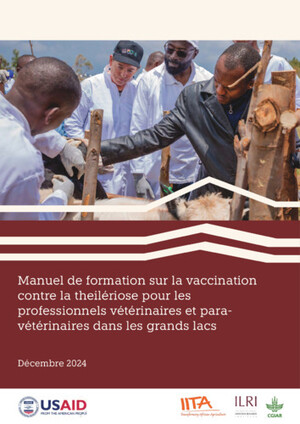
Understanding the basis of strain restricted immunity to Theileria parva
The project is focused on East Coast Fever (ECF), which is an economically important parasitic disease of cattle that occurs in a large area of Eastern and Southern Africa, where it is a major constraint to livestock production and hampers the prosperity of people living in poor rural communities. The overall aim of the project is to advance knowledge of the immunobiology of the disease that will facilitate development of effective vaccines and thus achieve improved disease control leading to reduction in animal losses and alleviation of poverty of those living in affected areas.
One of the features of Theileria parva, the parasite that causes ECF, which hampers vaccine development, is that immunity induced by one parasite strain, although highly effective against the same strain, is only partially effective against other strains. Immunity has been shown to be mediated by parasite specific CD8 T cells responses. The project aims to understand the antigenic basis of strain restricted immunity to T.parva, by determining the nature and extent of antigenic variability in the parasite population and investigating how different immunisation protocols influence the fine specificity of the protective CD8 T cell response.
Objectives/goals
1. To define the nature and extent of antigenic diversity in field population of T. parva.
2. To determine the extent of antigenic diversity within the live T. parva vaccine.
3. To determine how variation in the amino sequences of antigens impacts on CD8 T cell recognition and the capacity of CD8 T cell responses to cross-react with different antigen alleles.
4. To understand teh basis of broad strain specificity of immunity induced by mixture of parasite strains.
5. To determine whether Friesian cattle expressing the most frequent MHC haplotypes in this breed recognise the currently defined parasite antigens.
Project location
Kenya, UK
Expected outputs
It is anticipated that the results will ultimately result in improved vaccines for ECF leading to better control of the current live vaccine, identify parasite strains that could be incorporated into an improved second generation live vaccine and indicate which and how many antigens will need to be incorporated into a subunit vaccine.
Realisation of the project objectives will ultimately result in improved vaccines for ECF leading to better control of the disease. This will help to secure assets and increase the incomes of smallholder and pastoral livestock keepers in affected regions. Improved disease control will result in increased production of meat and milk and reduce the levels of poverty in these vulnerable communities.

















